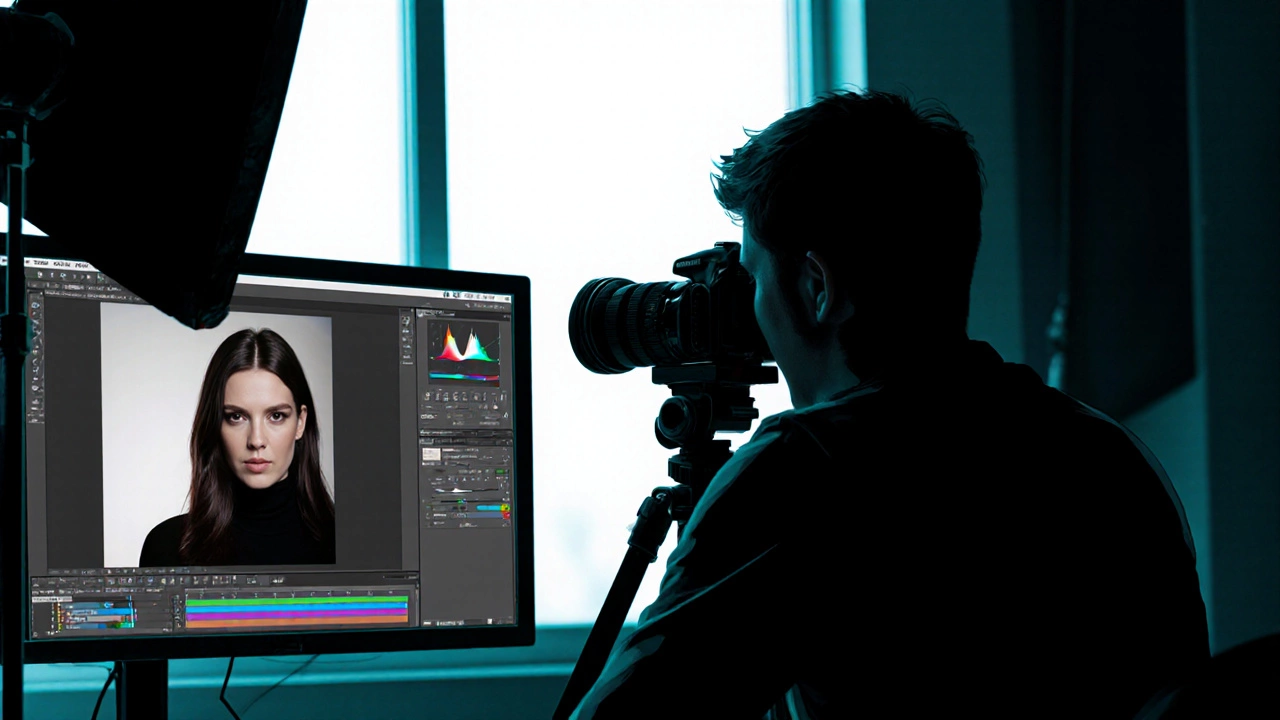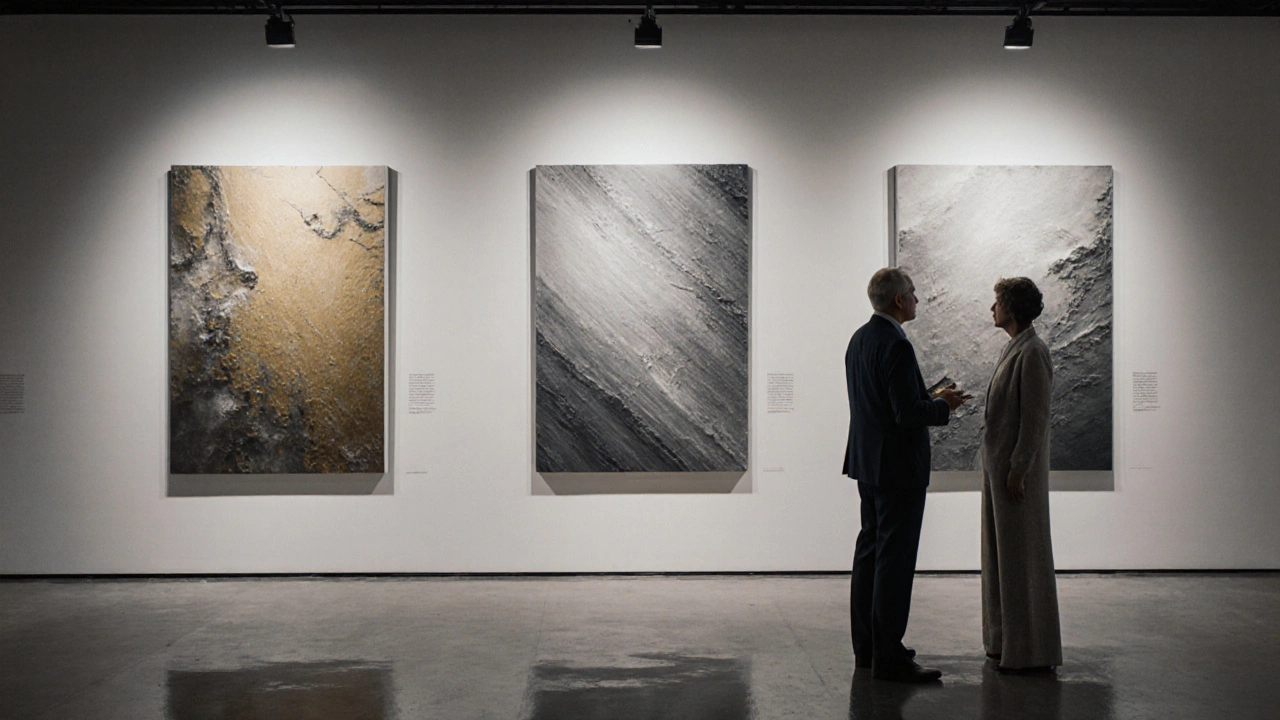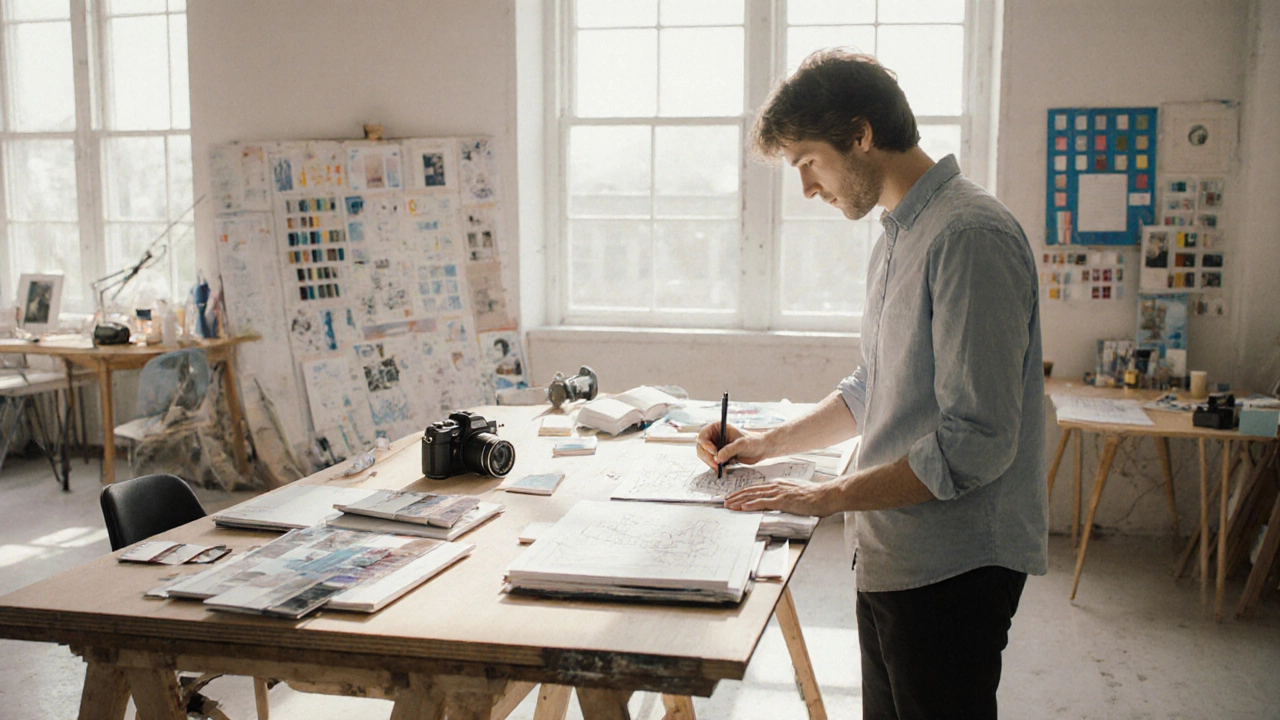Fine Arts Photography Career Calculator
Based on your selected experience and employment type
- Graduate from BFA/MFA program
- Secure first solo exhibition
- Win grants or residencies
- Sign with commercial gallery
- Pursue teaching or curatorial roles
The fine arts photography job description outlines the duties, skills, and expectations for professionals who create photographic art for galleries, museums, and collectors.
Key Takeaways
- Fine arts photographers blend artistic vision with technical mastery.
- Core duties include concept development, shooting, post‑processing, and exhibition preparation.
- Essential skills cover lighting, composition, editing software, and client communication.
- A strong portfolio and active gallery relationships are critical for career growth.
- UK salaries range from £25k for entry‑level freelancers to over £60k for senior museum‑affiliated artists.
What Is Fine Arts Photography?
Fine arts photography is a discipline that merges artistic intent with photographic technique to produce works meant for exhibition, collection, or critical discussion. Unlike commercial or documentary photography, the primary goal is to explore ideas, emotions, or concepts rather than to sell a product or record an event.
Core Responsibilities of a Fine Arts Photographer
Every fine arts photographer wears multiple hats. The day‑to‑day tasks can be grouped into five main categories:
- Concept Development: Research, sketch, and write artist statements that frame the visual narrative.
- Studio or Field Shooting: Set up equipment, direct models or subjects, and capture images that align with the concept.
- Post‑Processing: Use editing tools to fine‑tune exposure, colour, and texture while preserving the work’s integrity.
- Presentation Preparation: Print, crop, and mount works for galleries, print‑on‑demand services, or digital portfolios.
- Professional Relations: Communicate with galleries, curators, collectors, and sometimes grant bodies.

Essential Skills & Tools
Success in fine arts photography hinges on both creative and technical competencies.
- Lighting is a fundamental element that shapes mood, depth, and texture; mastering natural, studio, and mixed lighting setups is non‑negotiable.
- Post‑processing involves software such as Adobe Photoshop, Lightroom, or Capture One to adjust tonality, colour balance, and fine details while maintaining the artist’s vision.
- Strong composition sense - rule of thirds, framing, and visual rhythm. \n
- Understanding of print media, paper types, and archival standards.
- Ability to write concise artist statements and grant proposals.
Building a Compelling Portfolio
A portfolio is the photographer’s visual résumé. It should showcase a coherent body of work that reflects a consistent aesthetic or conceptual thread.
Portfolio is a curated collection of an artist’s best images, typically presented both as a printed book and an online gallery. Here are three steps to make yours stand out:
- Choose a unifying theme or visual style - this could be a colour palette, a recurring subject, or an experimental process.
- Include high‑resolution images paired with brief captions that explain context without over‑explaining.
- Update regularly; a fresh portfolio signals ongoing creative activity to galleries and collectors.
Working With Galleries, Clients, and Contracts
Collaboration with art institutions is a staple of the fine arts photography career.
Gallery is a space that exhibits artworks, negotiates sales or loans, and often assists artists with promotion and documentation. Building strong gallery relationships involves:
- Regularly submitting new series for review.
- Attending opening receptions and networking events.
- Providing high‑quality prints and detailed documentation for each piece.
Clients can range from private collectors to museums seeking site‑specific installations. Clear communication about expectations, timelines, and pricing is essential.
Contract is a legal agreement that outlines deliverables, rights, fees, and usage permissions for both the artist and the commissioning party. Key clauses to watch for include:
- Copyright retention - the photographer usually keeps the original rights.
- Reproduction limits - define how many prints the client may produce.
- Payment schedule - often a 50% deposit before the shoot, the remainder on delivery.

Career Path: From Emerging Artist to Established Photographer
Many fine arts photographers start as students or assistants in studios. Typical milestones include:
- Graduating from a BFA or MFA program with a focus on photographic arts.
- Securing a first solo exhibition in a local gallery or pop‑up space.
- Winning a grant or residency that funds a new project.
- Signing representation with a commercial gallery that handles sales and promotion.
- Moving into curatorial or teaching roles at art schools, which can supplement income.
Freelance work offers flexibility but requires strong self‑marketing and financial discipline. Some photographers choose staff positions at museums, where responsibilities expand to include collection management and educational programming.
Salary & Market Outlook (UK Focus)
Compensation varies dramatically based on location, reputation, and employment type.
| Career Stage | Employment Type | Annual Income (GBP) | Typical Work Setting |
|---|---|---|---|
| Entry‑Level (0‑2years) | Freelance / Part‑time | £20,000-£30,000 | Studio assistant, small gallery shows |
| Mid‑Level (3‑7years) | Freelance / Contract | £35,000-£50,000 | Regional galleries, museum residencies |
| Senior / Established | Staff position or high‑profile freelance | £55,000-£80,000+ | National museums, international galleries |
According to the UK Arts Council’s 2024 report, fine arts photography saw a 12% increase in public funding, indicating growing institutional interest.
Quick Checklist Before Applying for a Fine Arts Photography Role
- Curated portfolio (minimum 10 cohesive images).
- Artist statement (150‑250 words) that explains concept and process.
- List of recent exhibitions or residencies.
- Understanding of copyright law and contract basics.
- Professional headshot and contact information.
Frequently Asked Questions
What education is required to become a fine arts photographer?
A formal degree isn’t mandatory, but most professionals hold a BFA or MFA in photography or a related visual arts field. These programs teach studio practice, theory, and often provide gallery exposure.
How important is a gallery relationship?
Extremely important. Galleries handle promotion, sales, and networking. A strong partnership can lead to regular solo shows and increased collector interest.
What software do fine arts photographers use for post‑processing?
Adobe Photoshop and Lightroom remain industry standards. Many artists also use Capture One for its colour fidelity, or open‑source tools like GIMP for specific tasks.
Can I work as a fine arts photographer without a formal contract?
It’s risky. A written contract protects both you and the client by clarifying rights, payments, and usage. Even informal agreements should be documented.
What are typical career advancement steps?
Start with group shows, then aim for solo exhibitions. Apply for residencies, secure gallery representation, and eventually pursue museum commissions or teaching positions.

